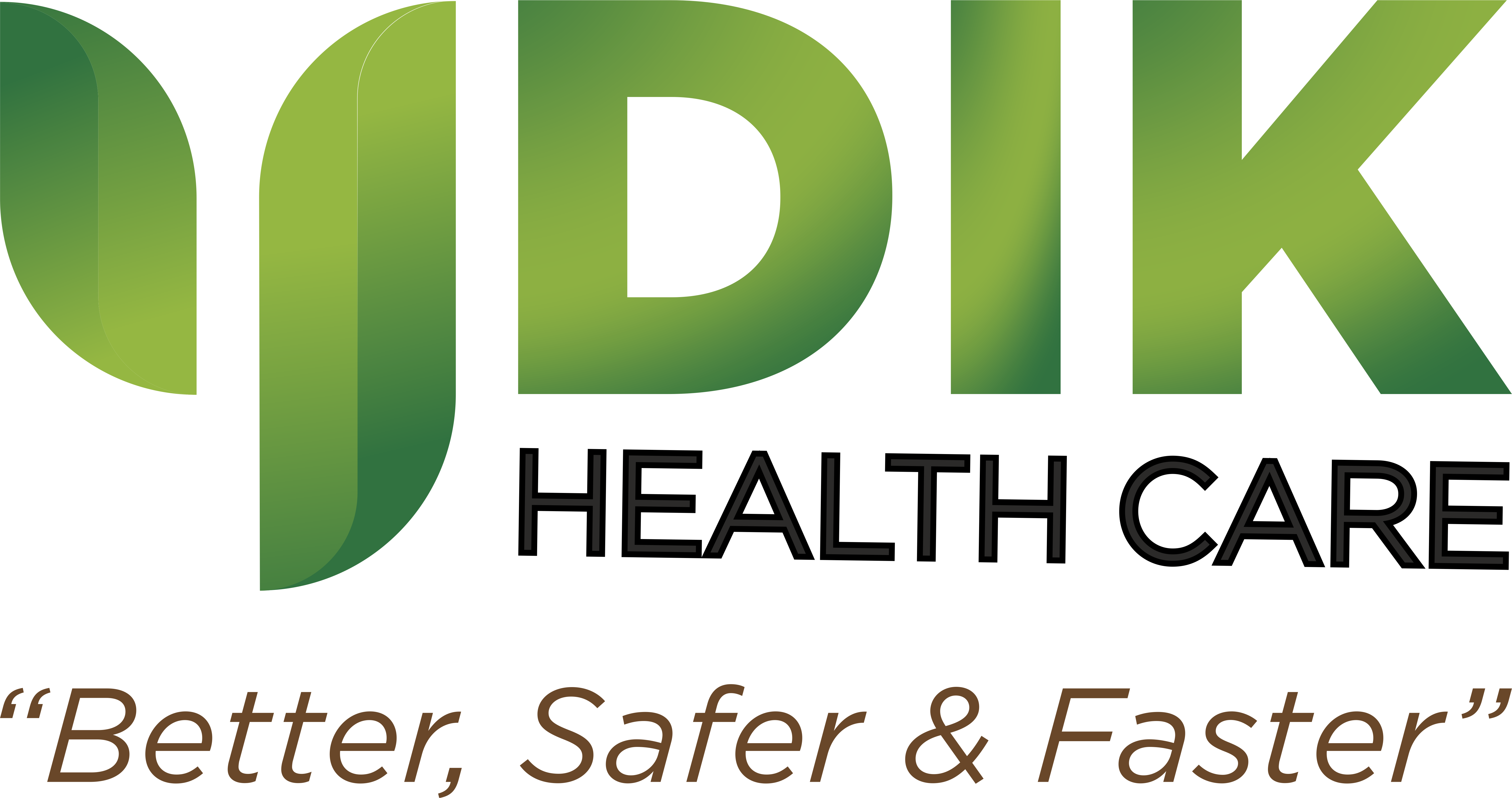
Kidney Stone
Kidney stone disease, also known as urolithiasis, is when a solid piece of material (kidney stone) occurs in the urinary tract.
Types of Kidney Stones based on the Type of Crystals
- Calcium oxalate - the majority stones (Monohydrate or Dihydrate), - 80-85%
- Calcium phosphate stones
- Uric acid or Cystine stones - 5 – 10%
- Struvite (magnesium, ammonium and phosphate)
- Cystine
Cystine
- Colicky pain
- Hematuria: blood in the urine, due to minor damage to inside wall of kidney, ureter and/or urethra
- Pyuria: pus in the urine
- Dysuria: burning on urination when passing stones (rare). More typical of infection
- Oliguria: reduced urinary volume caused by obstruction of the bladder or urethra by stone, or extremely rarely, simultaneous obstruction of both ureters by a stone
- Abdominal distension
- Nausea/vomiting: embryological link with intestine– stimulates the vomiting center
- Fever and chills
- Hydronephrosis
- Postrenal azotemia: when kidney stone blocks urete
- Frequency in micturition: increase in number of voids per day (>than 5 times), but not polyuria, an increase of total urine output per day (2500 ml).
- Loss of appetite
- Loss of weight
Diagnosis of Kidney Stone
- X-rays
- Computed tomography (CT)
- Ultrasound (USG)
Treatments in modern science
About 90% of stones (4 mm or less in size) usually pass spontaneously, however 99% of stones larger than 6 mm will require some form of intervention.
A. Hydration: Medication for treating infection and reducing pain
B. Diuretics: To encourage urine flow and prevent further stone formation
C. Analgesics (Pain killers)
- Intravenous administration of opioids (codeine, hydrocodone) in an emergency
- Non-steroidal anti-inflammatory drugs (Dicofenac, paracetamol etc)
- Alpha adrenergic blocking agent (such as Flomax, Uroxatral, terazosin or doxazosin), to reduce the muscle tone of the ureter and facilitate stone passage
D. Urologic interventions
- Non-invasive: Extracorporeal Shock Wave Lithotripsy (ESWL)
- Ureteroscopic fragmentation
- Percutaneous nephrolithotomy
- Open surgery
Disadvantages of Modern Therapy
- Chances of recurrence
- Chances of Kidney damage
- Comparatively Painful procedures
- High cost
Our suggestions
- Lithex tablet (2-2-2) on empty stomach with water
- Lithovan Powder (1-0-1 spoon) on empty stomach with water
- To control Kidney stone pain Vancid capsule (4) SOS, which will help to relieve pain in about 1 hr
Advantages of above therapy:
- Painless therapy
- Comparatively faster result
- Removes stone by dissolving
- Helps in preventing kidney damage
- Comparatively Low cost of therapy
How long should be taken:
We recommend above regime for at least 1-2 month depending upon size of kidney stone
